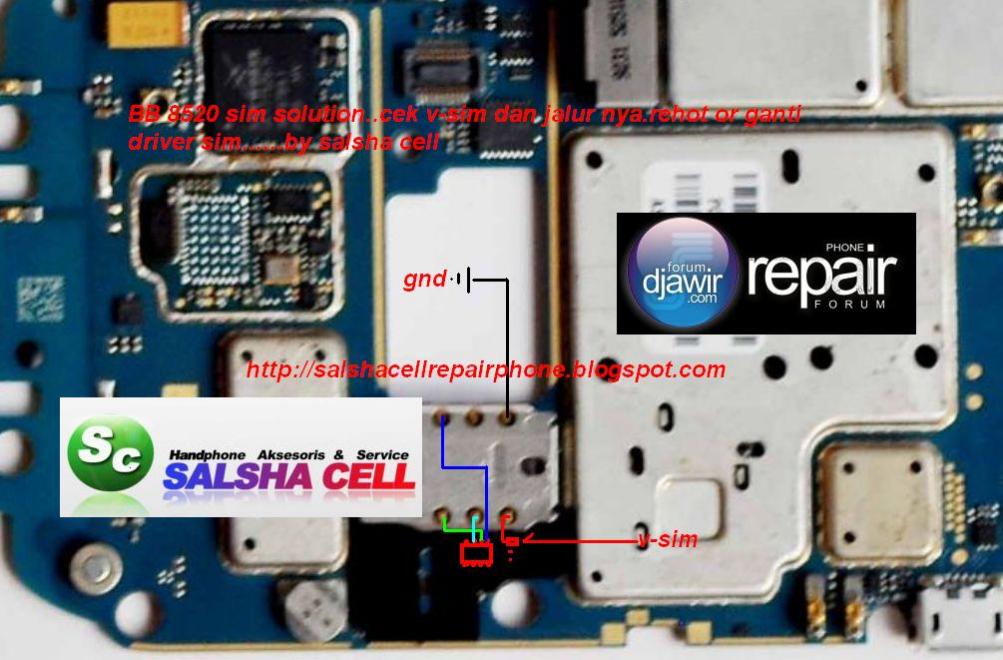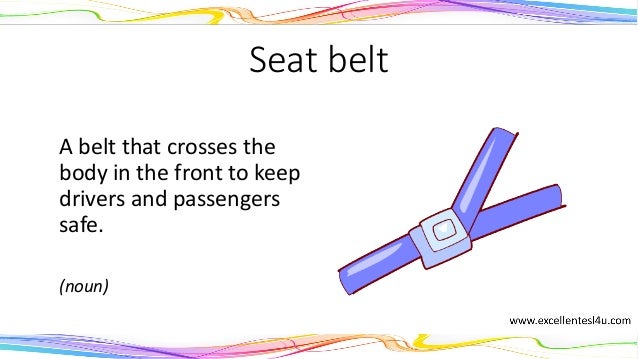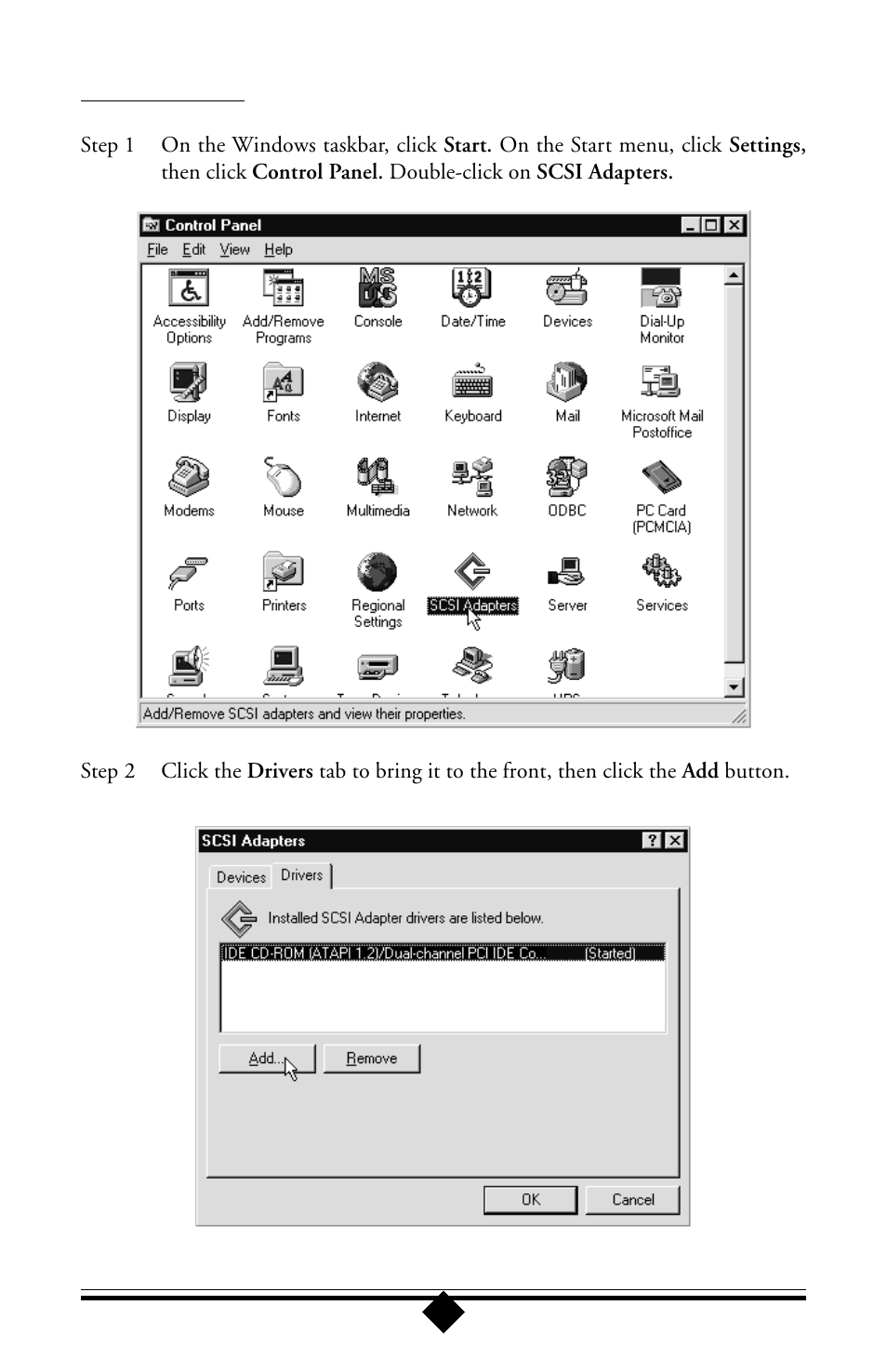Term
| 1. A regulation sign is usually what shape? |
| Definition
| White rectangles with black lettering or symbols. |
|
Term
| 2. What is the usual color and shape of a warning sign? |
| Definition
| Yellow and diamond shaped with black lettering or symbols. |
|
Term
| 3. What color and shape is a destination sign? |
| Definition
| Green with white letters and symbols. |
|
Term
| 4. What must you do at a STOP sign? |
| Definition
| Come to a FULL STOP, yield the right of way to vehicles and pedestrians in or approaching the intersection. GO when it is safe. (RED with white letters.) |
|
Term
| 5. What color and shape is a railroad crossing warning sign? |
| Definition
| Yellow with black letters and 'X' symbol. |
|
Term
| 6. What would you do when facing each of the following: a flashing red light, flashing yellow light, steady yellow light, a red light with a green arrow? |
| Definition
FLASHING RED - The same as a stop sign, Stop, yield the right of way, go when it is safe.
FLASHING YELLOW - Drive with caution.
STEADY YELLOW - Prepare to stop for red light.
RED LIGHT WITH GREEN ARROW - Stop, do not go until light is green, but you may go in the direction of the arrow if the way is clear. |
|
Term
| 7. What does it mean if an edge line slants in toward the center of the road? |
| Definition
| The road is narrower ahead. |
|
Term
| 8. What do each of these types of lines mean: single broken, single solid, double solid, solid and broken together? |
| Definition
Single Broken - passing permitted
single solid - passing or lane change permitted only if obstructions or conditions require it.
Double Solid - must stay in lane, no passing
solid and broken together - solid side - no passing.....broken side - passing permitted. |
|
Term
| 9. if an Intersection has crosswalk lines but no STOP line, where would you stop for a red light at that intersection? |
| Definition
| Before entering the crosswalk lines. |
|
Term
| 10. What type of pavement marking is used to show you which lane you must use for a turn? |
| Definition
|
Term
| 11. Which of the following must you obey over the other three; STEADY RED LIGHT, FLASHING RED LIGHT, STOP SIGN, POLICE OFFICER? |
| Definition
|
Term
| 12. What is the hand signal for a stop? A right turn? |
| Definition
STOP left arm down
RIGHT TURN left arm up |
|
Term
| 13. If two drivers enter an intersection from opposite directions at the same time, one going straight, the other turning left, which must yield the right of way? |
| Definition
|
Term
| 14. If you enter an intersection to make a left turn, but oncoming traffic prevents you from making the turn right away, what should you do? |
| Definition
| yield to oncoming traffic , keep wheels straight, turn when safe. |
|
Term
| 15. If you reach an uncontrolled intersection at the same time as a driver on your right, and both of you are going to go straight, who has the right-of-way? |
| Definition
| the other driver as he is on your right. |
|
Term
| 16. What must you do if you are entering a road from a driveway? |
| Definition
| Stop and yield the right of way to pedestrians and traffic. |
|
Term
| 17. You are facing a green light, but traffic on the other side of the intersection would keep you from going all the way through the intersection, May you enter the intersection? |
| Definition
| no, you may not enter until you can get through to the other side. |
|
Term
| 18. Does a vehicle about to enter a traffic circle or rotary have a right of way over vehicles already in the circle? |
| Definition
| no the vehicles in the circle have the right of way. |
|
Term
| 19. What should you do if you hear a siren nearby, but you can't see where the emergency vehicle is? |
| Definition
| pull over, stop, and wait until it passes. |
|
Term
| 20. How far before a turn must you signal? |
| Definition
|
Term
| 21. When preparing for a right turn, should you stay as close to the center of the lane as possible? |
| Definition
|
Term
| 22. Where should you position your vehicle when preparing to make a left turn from a two-way roadway into a one-way roadway? |
| Definition
| Close to center line , turn into the left lane of the one way street. |
|
Term
| 23.In most situations, on which side should you pass another vehicle going in the same direction? |
| Definition
| The left side of the other vehicle. |
|
Term
| 24. What should you do before passing another vehicle? |
| Definition
|
Term
| 25. What should you see in your rear view mirror before attempting to return to the right lane after passing a vehicle on the left? |
| Definition
| the bumper of the car being passed. |
|
Term
| 26. In what situations may you pass a vehicle on the right? |
| Definition
| when another vehicle is making a left turn or on a one way road where not restricted. |
|
Term
| 27. When may you pass a vehicle stopped at a crosswalk to allow a pedestrian to cross. |
| Definition
|
Term
| 28. What action should you take when another vehicle passes you on the left? |
| Definition
|
Term
| 29. What do flashing red lights on a school bus mean? |
| Definition
| Stop before reaching the bus, at least 20 feet away. |
|
Term
| 30. After you have parallel parked, how close to the curb must your vehicle be? |
| Definition
| no more than one foot from curb |
|
Term
| 31. May you open a door on the road side of your vehicle if no traffic is coming? |
| Definition
| yes if it will not interfere with traffic. |
|
Term
| 32. Before pulling out of a parking space, what should you do? |
| Definition
| MAKE SURE WHEELS ARE STRAIGHT, back up to vehicle behind you, turn wheels away from curb. Check traffic go forward slowly clearing the vehicle ahead of you. |
|
Term
| 33. What does a NO STOPPING sign mean? |
| Definition
| You may stop only to obey a traffic sign , signal of a Police Officer, or to avoid conflicts with other vehicles. |
|
Term
| 34. Can you stop to load or unload passengers at a NO STANDING or NO PARKING sign? |
| Definition
|
Term
| 35. May you park on a crosswalk, in the middle of a block? |
| Definition
|
Term
| 36. Should you always look straight ahead when driving? |
| Definition
| No - Keep your eyes moving |
|
Term
| 37. If there is no posted speed limit, what is the fastest you may legally drive in your state? |
| Definition
| [answers may be diffrent] |
|
Term
| 38. Is it always safe to drive at the posted speed limits? |
| Definition
|
Term
| 39. What is the purpose of minimum speed limits? |
| Definition
| To keep traffic flowing smoothly. |
|
Term
| 40. Who must wear seat belts? 40. Who must wear seat belts? Who should wear them?Who should wear them? |
| Definition
| all passengers in from seat and all children under 10, are required but all should wear them. |
|
Term
| 41. How can you prevent fatigue on a long trip? |
| Definition
| PLAN REST STOPS EVERY COUPLE OF HOURS, open window for fresh air,stop for coffee or tea, don’t drive for at least 15 minutes after waking from sleep. |
|
Term
| 42. How does drunken driving rank as a highway safety problem? |
| Definition
|
Term
| 43. What are the effects of alcohol on the skills you need to drive? |
| Definition
| Reduces all mental and physical skills needed. |
|
Term
| 44. Which of these drugs could affect your driving ability: marijuana, a cold remedy, a tranquilizer? |
| Definition
|
Term
| 45. If you are taking a nonprescription drug, what should you do before driving? |
| Definition
| Check lable; ask doctor if not sure. |
|
Term
| 46. What is a likely effect of taking another drug while drinking alcoholic beverages? |
| Definition
| The effect could be multiplied. |
|
Term
| 47. On what factors does your blood alcohol content (BAC) depend? |
| Definition
| how much you’ve had to drink, how much time has passed, and your weight. |
|
Term
| 48. Which of these contains more alcohol than the other two: one ounce(30ml.) of 80 proof liquor, four ounces (120 ml.) of 24 proof wine, 12 ounces (360mL.) of beer? |
| Definition
|
Term
| 49. How long does in take for your body to dispose of the alcohol contained in 12 ounces of beer? |
| Definition
|
Term
| 50. What is the only effective way to reduce your BAC? |
| Definition
| Through spending time not drinking. |
|
Term
| 51. What happens to your drivers license if you refuse a chemical test? |
| Definition
| your license is suspended and or revoked. |
|
Term
| 52. Other than fines, action against your license and a possible jail term, what are some of the consequences of driving under the influence of alcohol or other drugs? |
| Definition
| death or injury to yourself your relatives or friends. |
|
Term
| 53. What should you do if you miss an expressway exit? |
| Definition
|
Term
| 54. What are expressway entrance ramps used for? |
| Definition
| to accelerate up to expressway speed. |
|
Term
| 55. What should you do if an entrance ramp is very short? |
| Definition
| wait for large gap in traffic , accelerate quickly. |
|
Term
| 56. When should you signal that you are exiting an expressway? |
| Definition
|
Term
| 57. What should you check for after leaving an expressway? |
| Definition
| Speed limit signs and your speed. |
|
Term
| 58. Why is expressway driving different from ordinary driving? |
| Definition
| High speeds and heavy traffic. |
|
Term
| 59. What is the main reason night driving is more difficult than daytime driving? |
| Definition
| 90% of your driving decisions are based on what you see. Night driving reduces the distance you can see ahead. |
|
Term
| 60. Driving within the range of your headlights means you should be able to stop your vehicle within about how many feet? |
| Definition
|
Term
| 61. What should you do if head lights on an approaching vehicle make it hard for you to see? |
| Definition
| flash your high beams at him, use road edge as guide until he passes |
|
Term
| 62. Is it best to keep your headlights on high beam or low beam in fog? |
| Definition
|
Term
| 63. Which way should you turn your steering wheel to get out of a skid? |
| Definition
| in the direction of the skid. |
|
Term
| 64. How should you use your brake pedal on a slippery road? |
| Definition
| carefully and gently squeeze in slow steady strokes. |
|
Term
| 65. What is the most important rule to remember in any driving emergency? |
| Definition
|
Term
| 66. What should you do if one of your tires blows out? |
| Definition
| hold steering wheel firmly, ease off gas, get car under control, get off road. |
|
Term
| 67. What is the first thing you should do if your brakes fail? |
| Definition
| pump the pedal, use emergency brake, down shift. |
|
Term
| 68. What should you do if your wheels drift off the pavement? |
| Definition
| ease off gas, brake gently, ease steering wheel back onto pavement. |
|
Term
| 69. When children are nearby, what should you do before backing out of a driveway? |
| Definition
| get out and check behind vehicle. |
|
Term
| 70. How can you identify a blind pedestrian to whom you must yield the right-of -way? |
| Definition
| a guide dog, or a with or metallic cane. |
|
Term
| 71. Where must a pedestrian walk when there are no sidewalks? |
| Definition
| walk facing traffic as far to the left as possible. |
|
Term
| 72. How should you approach a bicyclist? |
| Definition
|
Term
| 73. Must a bicyclist obey traffic laws and signs? |
| Definition
|
Term
| 74. Where there is no bicycle lane, on what portion of the road must a bicyclist ride? |
| Definition
| near the right curb of edge of the road. |
|
Term
| 75. What extra equipment must a bicycle have when used at night? |
| Definition
| a head light visible from 500 feet and a tail light visible from 300 feet. |
|
Term
| 76. May motorcyclist ride three abreast in a single lane? |
| Definition
|
Term
| 77. What does a slow moving vehicle emblem look like? |
| Definition
| a reflective orange triangle. |
|




